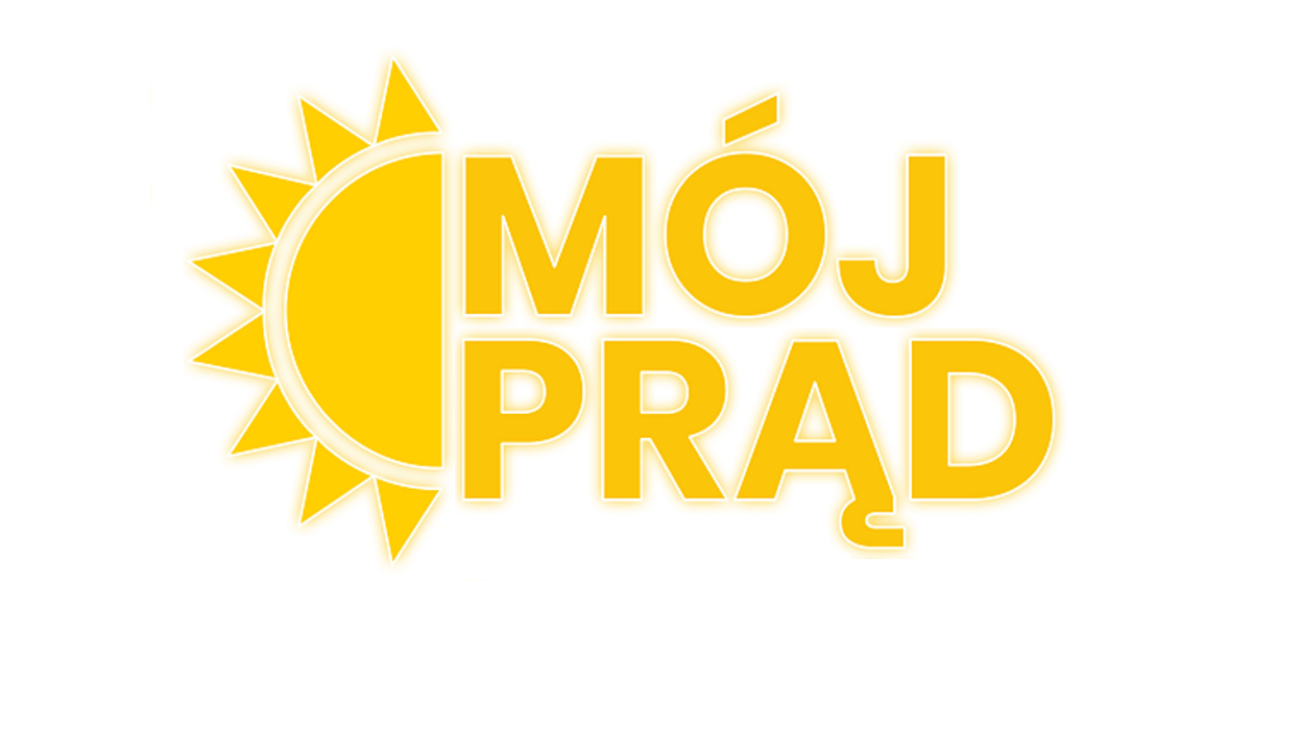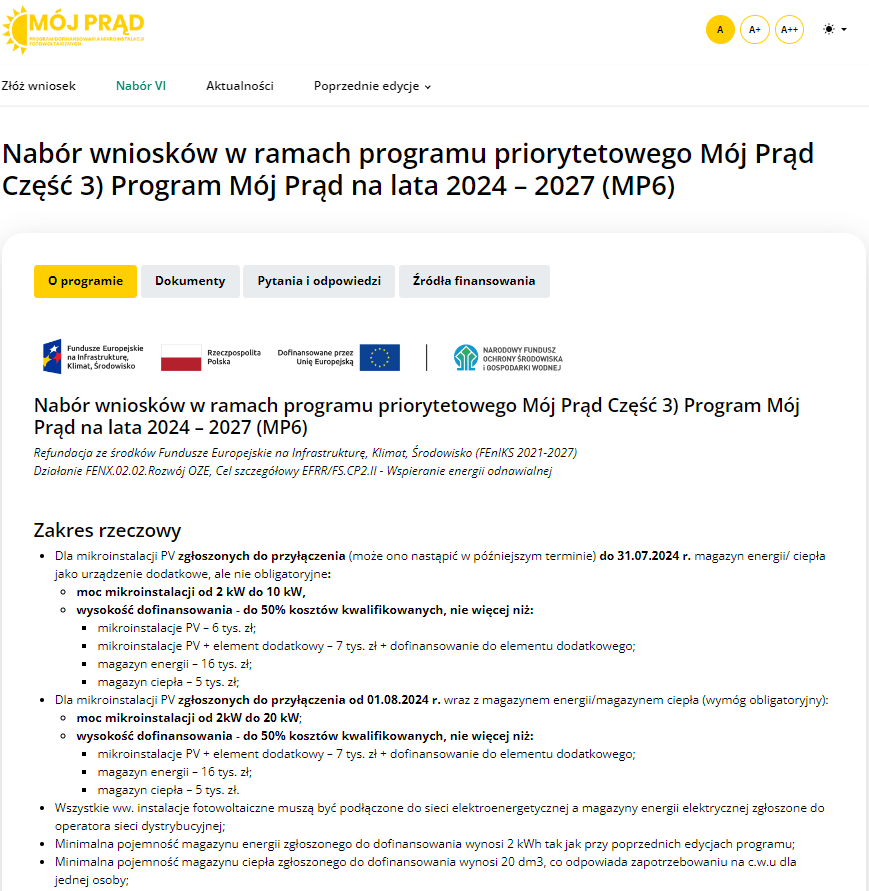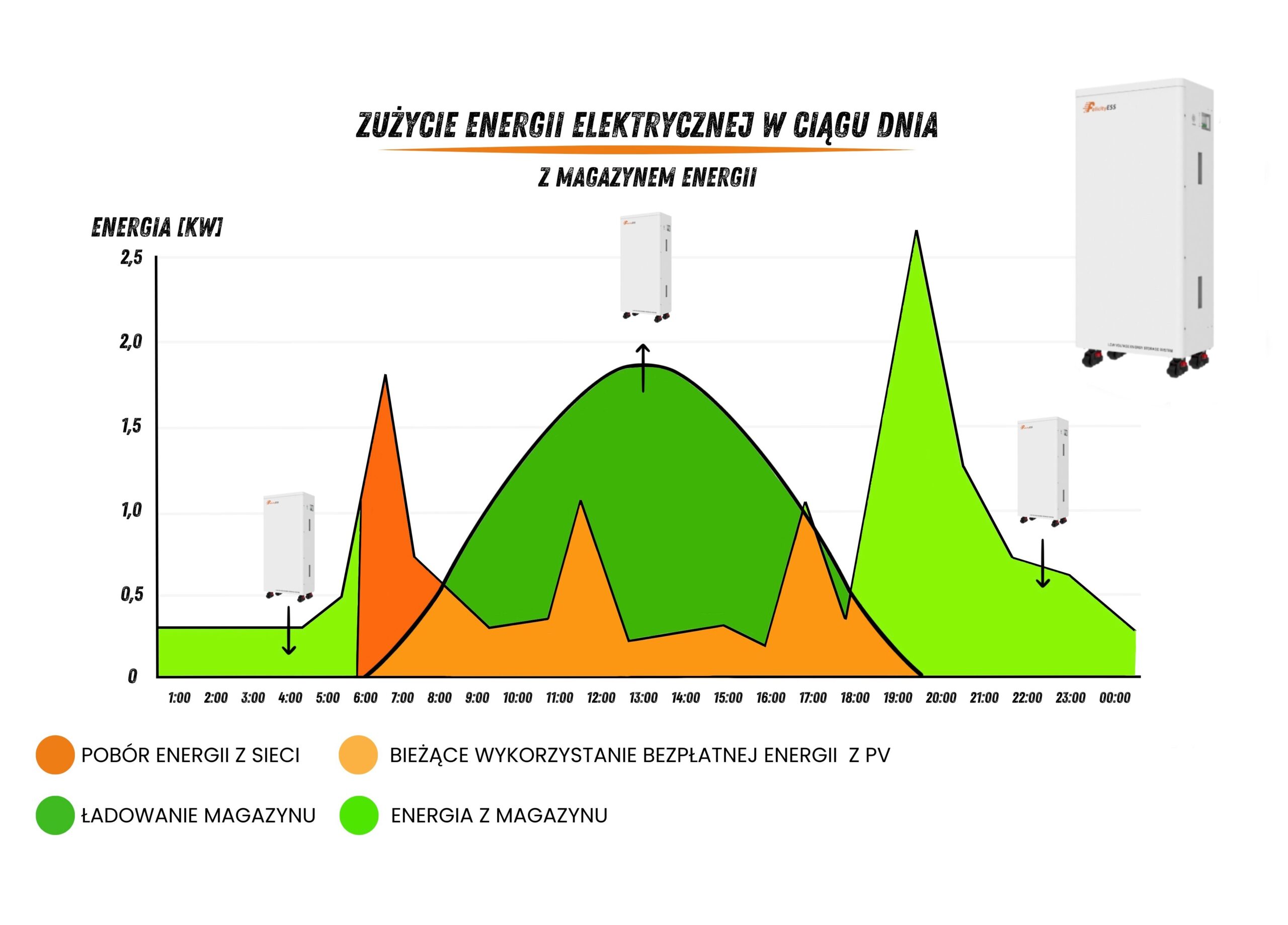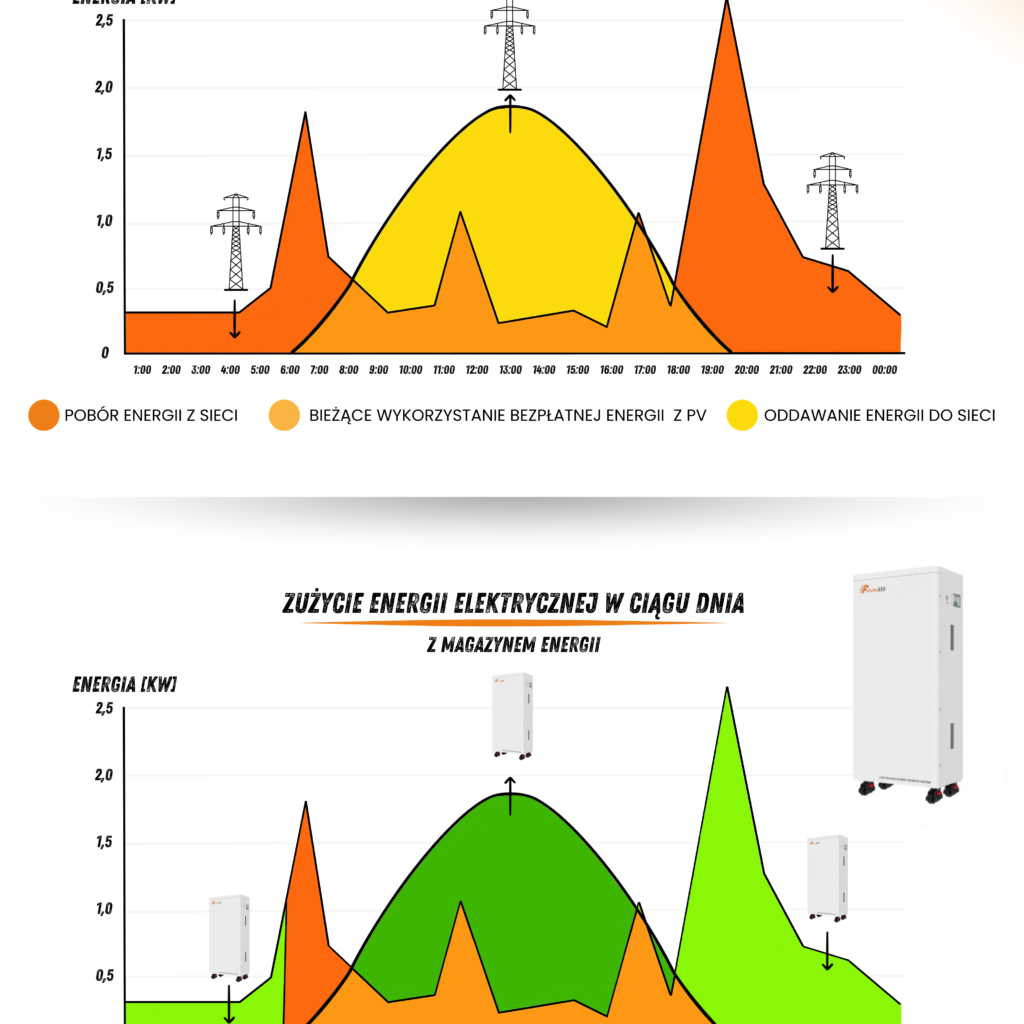Good news for all those planning to invest in the installation of photovoltaic panels and energy storage – the application period for the “Mój Prąd 6.0” program has been extended until March 2025! This is a great opportunity to take advantage of government support and invest in solutions that will reduce energy costs, increase energy independence and contribute to environmental protection.

What’s new in “My Current 6.0”?
The government’s “Mój Prąd” program is a continuation of activities aimed at supporting Polish citizens in the transition to renewable energy sources. The aim of the program is to enable individual households, farmers and small businesses to install photovoltaic systems and energy storage. Under “Mój Prąd 6.0” subsidies are available to help cover part of the costs of purchasing and installing photovoltaic panels and energy storage systems.
Why is it worth using?
Increasing energy efficiency and ensuring access to your own, clean energy are key benefits of photovoltaics. The program allows you to invest in modern technologies that will reduce electricity costs and reduce dependence on traditional energy sources. Additionally, photovoltaic installations contribute to environmental protection by reducing greenhouse gas emissions.

What has changed in “Mój Prąd 6.0”?
The Ministry of Climate and Environment has announced that the application process for “Mój Prąd 6.0” has been extended, and the new deadline for submitting applications is March 31, 2025. Thanks to this, people who have not yet had time to apply now have more time to prepare the appropriate documents and take advantage of financial support. At the same time, the pool of funds for co-financing has been increased, which allows for a larger number of subsidies.
Who can apply?
Individuals, farmers, and micro, small, and medium-sized businesses can apply under the program. The funds received can be used to purchase and install photovoltaic systems and energy storage. It is worth noting that the support is aimed at people who plan to invest in ecological technologies and want to reduce their electricity bills.

How to apply?
Applying for funding is easy – just fill out an online form on the National Fund for Environmental Protection and Water Management website. All the necessary documents and details about the program can be found on the official government websites.
Summary
The extension of the application deadline for the “Mój Prąd 6.0” program is great news for those who have not yet had time to submit an application, but also for those who want to consider additional investments in renewable energy sources. It is time to make a decision about the future of your energy and join the growing group of Poles who are focusing on ecological energy.
We encourage you to take advantage of the extended application deadline and invest in an energy future that will bring both financial and ecological benefits.
More detailed information can be found on the government website: www.gov.pl

 Cart is empty
Cart is empty 








